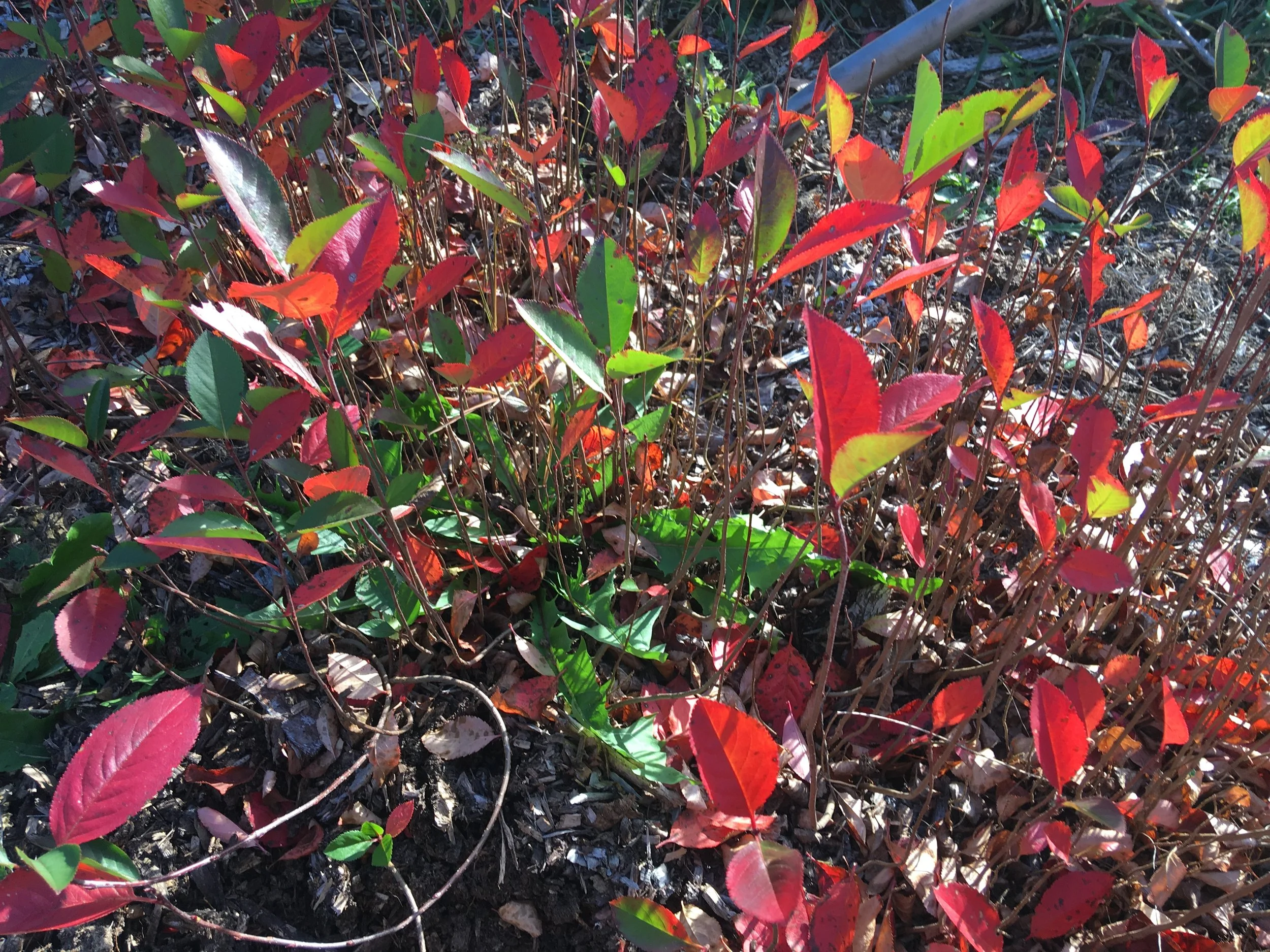We grow plants because we love them and their vital place in the world. We also grow plants because we want to grow power that feeds us and the blessed land. Plants and power propagate from layers of roots and shoots of seeds, the established and emergent.
Our nursery sprouts a working theory of social change, both how a nursery can support social change but also how social change might move like a nursery. A working theory, because it’s subject to change and it’s got to be practical. In this case, theory isn’t abstract concepts but is a liberatory practice: what we imagine is possible and how we might make it happen through our actions.
A nursery circulates and grounds abundant fertility in place like a seedbank, not for permanent accumulation but for seasonal redistribution: the point is to keep the gift moving.
A nursery preserves old ways and propagates new possibilities, playful experiments with serious implications for how we feed ourselves.
A nursery strategizes a biodiversity of tactics – a spectrum of plant allies, growing practices, production goals, and distribution methods – instead of assuming the same things work everywhere all the time.
A nursery organizes within its sphere of influence like a keystone species that beneficially connects through cascading effects far beyond its size and location, instead of pretending it can change everything all at once.
A nursery scales up, down, deep, and wide, expanding and contracting based on context, seasons, and needs.
A nursery extends parts of itself aboveground and underground, transparent as needed and safeguarded when necessary, linking up like mother trees and mycelium.
A nursery balances the vital labor of production and reproduction, the quantity of carrying capacity (how much we can sustain) and the quality of caring capacity (how well we can sustain it).
A nursery knows that nursing, to nourish and nurture life, is the foundation of every economy.
A nursery grows like a tree, grounded in the conditions of the world as it is while also changing them to be more hospitable for its growth.
A nursery also grows at the speed of trees and trust, slow when necessary, fast once the taproot touches down.
We aim to be multifunctional like trees. This is decidedly not multitasking, where we commit to many unrelated things at one time in a state of stress. We shouldn’t, and can’t, do or be everything. Instead, multifunctionality does many beautiful and useful things by being ourselves. Just by being themselves, trees shelter, shade, feed, hold, hydrate, respirate, condition, filter, and so much more, not by juggling endless tasks but as a benefit of their life cycle. How can the ways we organize and sustain ourselves imitate the multifunctionality of trees so that we give numerous benefits?
Our theory of social change germinates from our nursery to uproot and remediate, to preserve and propagate, and to animate for acres and generations so we all have enough and can be fully ourselves.
See the expanded article here!




